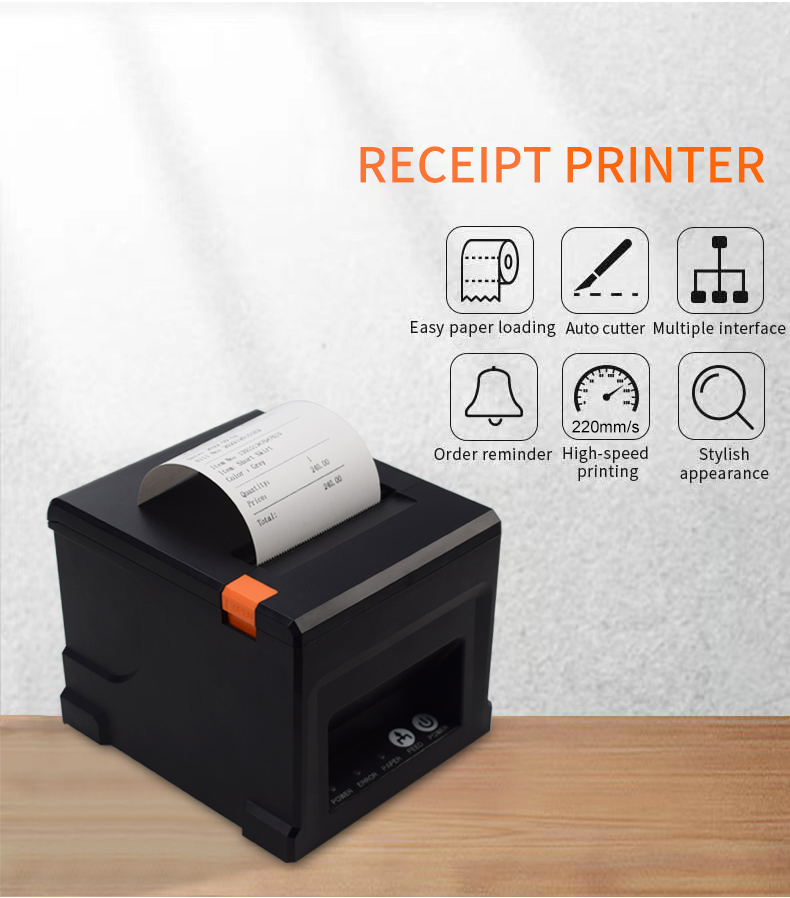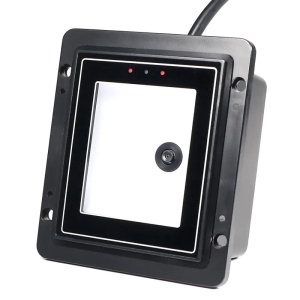The application of thermal receipt printers in the front of house and back of house of restaurants has revolutionized the dining experience, enhancing efficiency and accuracy within the entire foodservice operation. These printers, with their swift printing speeds and reliable performance, are a vital component of any modern restaurant’s technology infrastructure.
In the front of house, thermal receipt printers play a crucial role in order processing and customer service. As customers place their orders, the printer quickly spits out detailed receipts, ensuring that both the customer and the server have a clear record of the order. This not only reduces the likelihood of errors but also speeds up the service, keeping customers satisfied and happy.
The back of house, on the other hand, relies on thermal receipt printers for a different set of tasks. In the kitchen, these printers are used to transmit orders directly from the point of sale system to the chefs. This ensures that orders are received promptly and accurately, reducing the need for manual communication and increasing the overall efficiency of the kitchen operation.
The importance of thermal receipt printers in the restaurant industry cannot be overstated. They not only improve the speed and accuracy of order processing but also enhance the customer experience. By eliminating the need for handwritten receipts and manual order communication, these printers help restaurants to run smoothly and efficiently, keeping both customers and staff satisfied.
In conclusion, thermal receipt printers are a must-have for any restaurant that wants to stay ahead of the competition. By leveraging the power of these printers, restaurants can improve their operational efficiency, reduce errors, and deliver a superior dining experience to their customers.

POS8360 desktop thermal printer
The POS8360 is the epitome of modern point-of-sale printing, designed to enhance your business’s transaction processing with its robust features and reliable performance. This printer is a must-have for any establishment looking to elevate its customer service and operational efficiency.
Key Features Include:
- High-Speed Printing: The POS8360 is engineered to deliver receipts at lightning-fast speeds, ensuring that even during peak hours, your customers won’t have to wait.
- Dependable and Durable: With a construction that’s built to last, this printer can withstand the rigors of daily use, providing you with a low-maintenance and long-lasting solution for all your printing needs.
- Crystal Clear Print Quality: Every receipt is printed with precision, ensuring that all transactional details are legible and clear, contributing to a professional image for your brand.
- User-Friendly Operation: The POS8360 is designed for ease of use, with a straightforward setup process and an intuitive interface that your staff will quickly master.
- Flexible Connectivity: Whether you prefer wired or wireless connection, the POS8360 supports various connectivity options to ensure seamless integration with your existing POS infrastructure.
- Space-Saving Design: Its compact design allows the printer to fit comfortably in any retail environment without taking up valuable space or disrupting your store layout.
Transform Your Point of Sale: With the POS8360, you’re not just getting a printer; you’re investing in a powerful tool that will help you manage your transactions more effectively and provide a better customer experience.
Equip your business with the POS8360 and watch your operations run smoother and more efficiently. Visit the product page to learn more and make this powerful printer a part of your business today!



